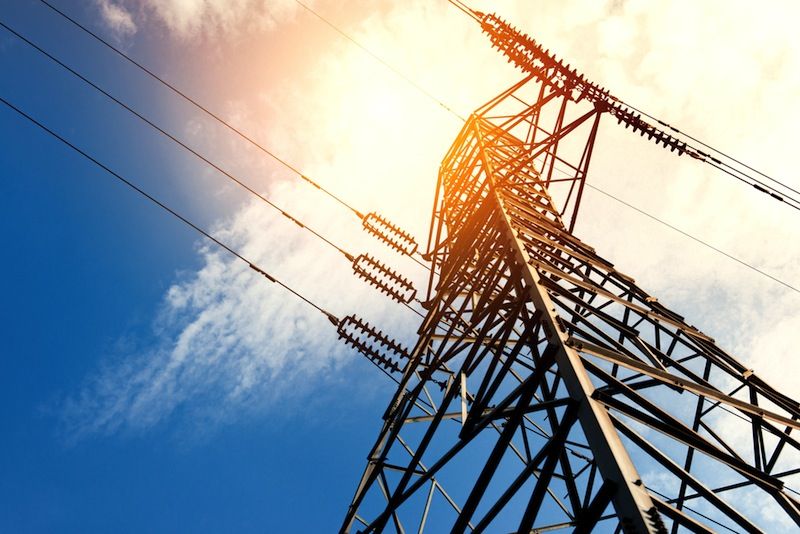New Temperature Record Is Huge Achievement for Superconducting

A new record-high temperature has been achieved for superconductors — extraordinary materials that conduct electricity without dissipating energy. The advance may be an important step in the long-standing quest to achieve a room-temperature superconductor, which could cities build vastly more efficient power grids, researchers say.
So far, superconductivity only works at very cold temperatures. And even though this new, record-breaking temperature is still very cold, it is a temperature naturally found on Earth's surface, the scientists added.
Superconductors are materials that conduct electricity with zero resistance below a certain temperature. Superconductivity relies on electrons not repelling one another as they do in ordinary materials, but instead forming delicate couples, known as Cooper pairs, that can flow through superconductors effortlessly. Electrons in these pairs are held together by phonons, or vibrations of the superconductor's atoms. [The 9 Biggest Unsolved Mysteries in Physics]
For more than three decades, scientists have been trying to develop room-temperature superconductors that don't need cumbersome, energy-sucking supercooling.
Before now, the highest known temperatures that superconductors worked at — known as their critical temperatures — were minus 220 degrees Fahrenheit (minus 140 degrees Celsius) at normal pressures, and minus 164 F (minus 109 C) at high pressures. (High pressures often enhance superconductivity by squeezing atoms together, which keeps heat from disrupting Cooper pairs.)
Now, researchers have achieved superconductivity at a critical temperature of minus 94 F (minus 70 C). This is about 34 F (19 C) warmer than the coldest known temperatures in Antarctica, said study co-lead author Mikhail Eremets, a physicist at the Max Planck Institute for Chemistry in Mainz, Germany.
"Even higher [temperatures], and likely room critical temperatures, are possible," Eremets told Live Science.
Sign up for the Live Science daily newsletter now
Get the world’s most fascinating discoveries delivered straight to your inbox.
The researchers noted that this record-high temperature for superconductivity does require extreme pressures of about 200 gigapascals. "Ten gigapascals is the pressure that is routinely achieved in industry for producing synthetic diamonds," Eremets said. "The pressure in the center of the Earth is 360 gigapascals."
The scientists previously tried experimenting with a form of hydrogen known as metallic hydrogen. One of the leading theories for how superconductors work, known as BCS theory, suggests hydrogen should make a great superconductor. Hydrogen can generate high-energy phonons and can also support strong interactions between electrons and phonons — both of which are factors that can reinforce Cooper pairs. However, creating a pure, stable form of metallic hydrogen has proven extraordinarily difficult.
Instead, in this new study, Eremets and his colleagues experimented with hydrogen sulfide, the compound that gives rotten eggs their smell. The researchers suggested that, at a certain combination of cold temperature and pressure, hydrogen sulfide — a molecule made up of two hydrogen atoms and a sulfur atom — forms new molecules, each made of three hydrogen atoms and a sulfur atom. This new material is essentially a sulfur-contaminated version of metallic hydrogen, and can achieve superconductivity.
BCS theory suggests there is no limit for the temperature at which materials could superconduct, Eremets said. "Room temperature superconductivity is possible in the proper material," he added. Unfortunately, "the theory does not tell directly which material is expected."
Extremely high pressures would probably make even room-temperature superconductors impractical, Eremets said. Future research could search for other hydrogen-rich materials that can superconduct at both relatively high temperatures and normal pressures, he said.
Eremets, along with Sasha Drozdov at the Max Planck Institute for Chemistry and their colleagues, detailed their findings online today (Aug. 17) in the journal Nature.
Follow Live Science @livescience, Facebook & Google+. Original article on Live Science.











